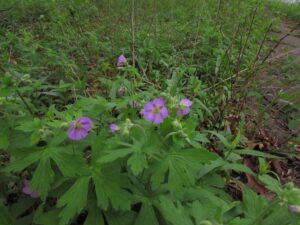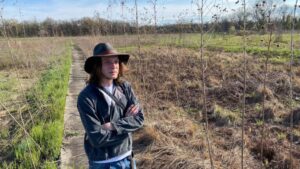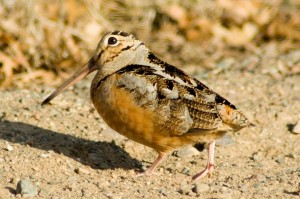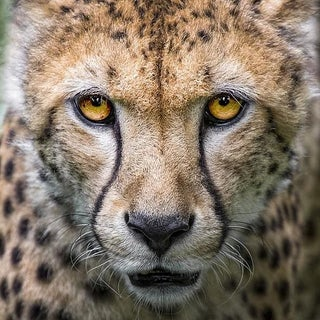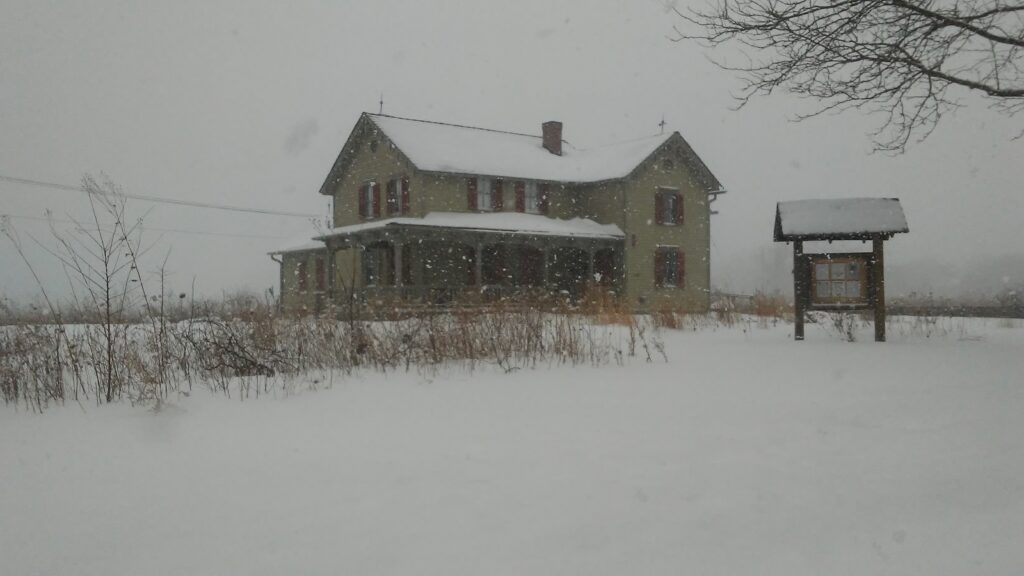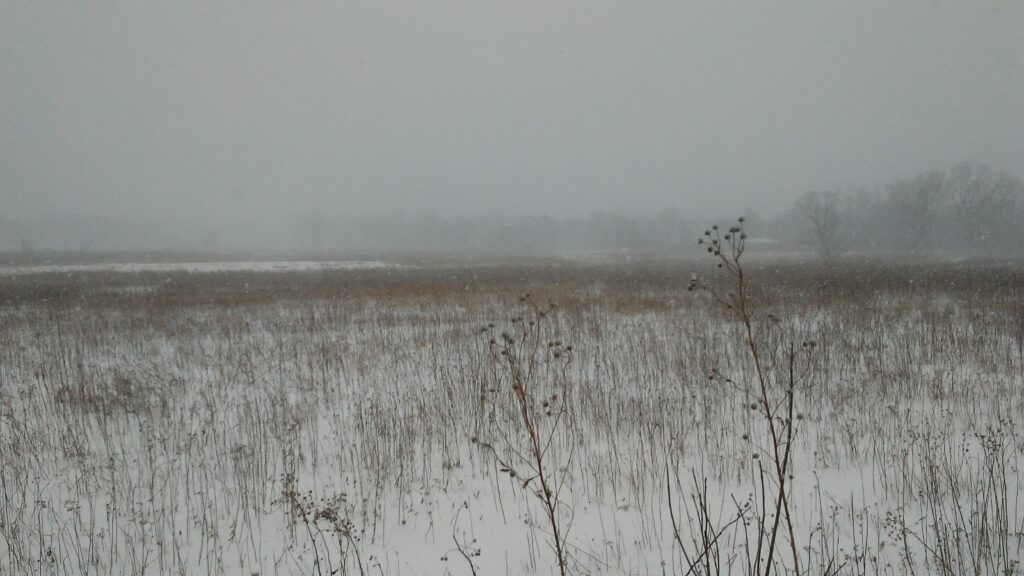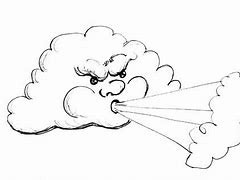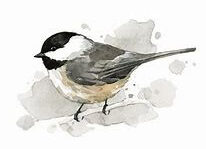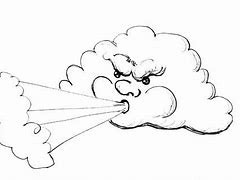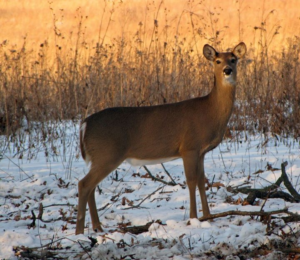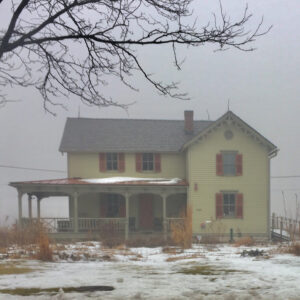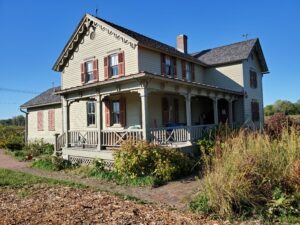May 13th, 10:00am
@ the Historic Prairie House, 11225 Constitution Drive, Westchester
Celebrate The Merry Month of May
Spring flowers are now blooming at Wolf Road Prairie. Save The Prairie Society would like to share the colorful spring beauty of our native flowers with you.
We will be hosting a Wolf Road Prairie walk both in the Savanna and the Prairie on May 13 @10 am.
Participants can park in one of the three parking bays on the north side of 31st Street just west of Wolf Road.
A great opportunity for all ages to learn the land we live on and connect with the other organisms that call it home and depend on it.
